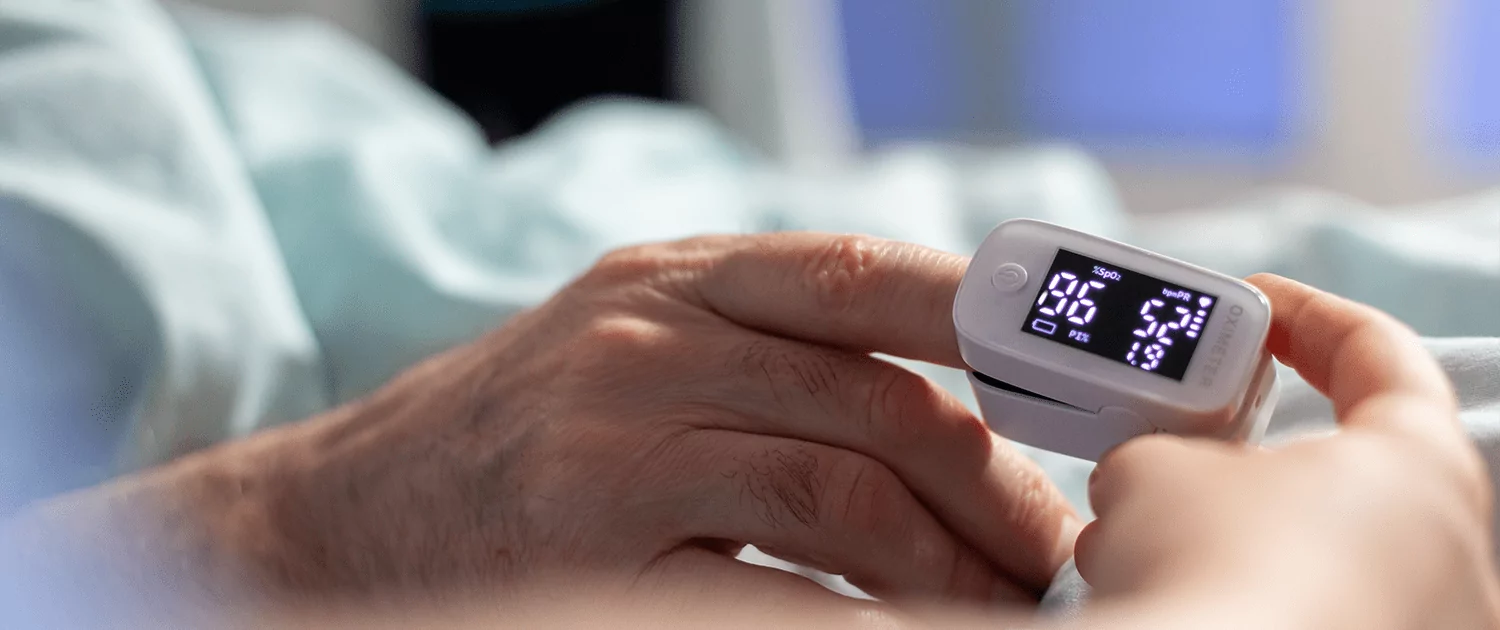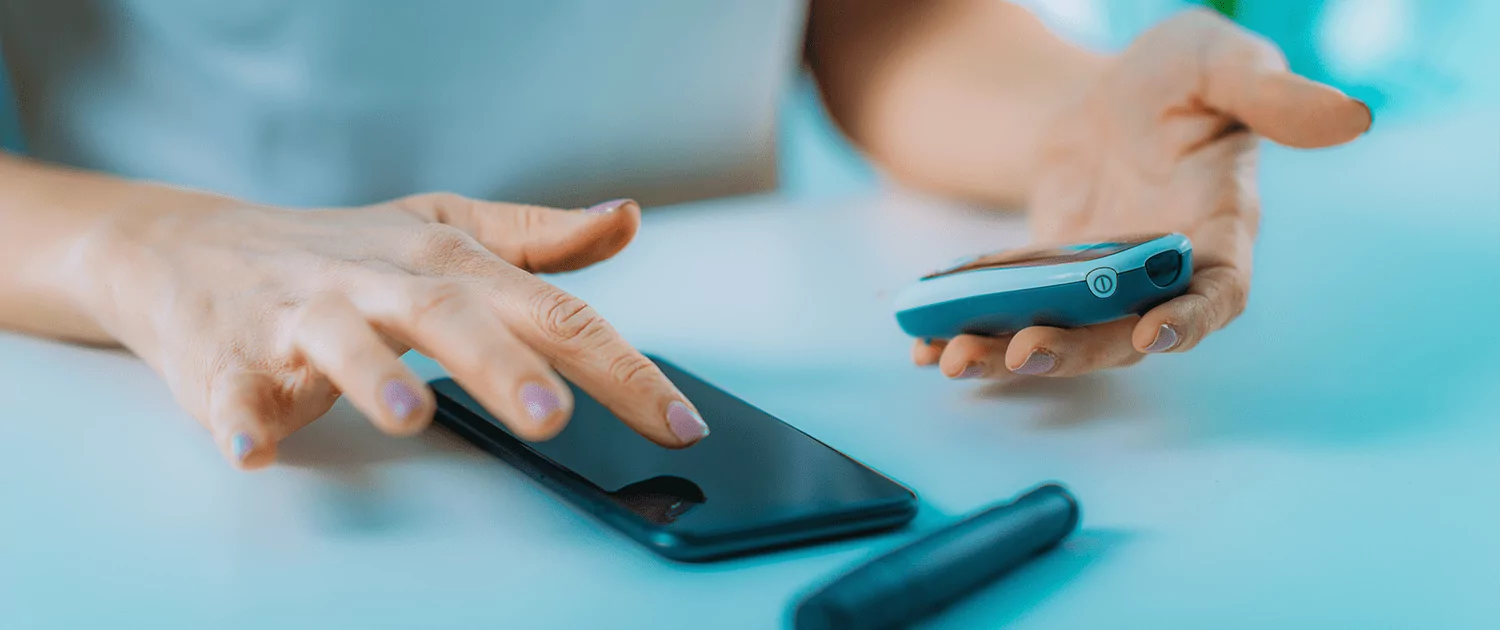Continuous Glucose Monitoring
Measuring blood glucose is a natural part of life for people with diabetes. The treatment protocol and lifestyle may change according to the results of these measurements. Monitoring blood sugar is also effective in preventing emergencies that may occur in case of blood sugar changes. Continuous glucose monitoring is a system that can be used instead of conventional finger prick blood glucose measurement, allowing continuous monitoring of blood glucose. Continuous Glucose Monitoring Device Continuous glucose monitoring is a type of glucose measurement performed with a continuous glucose monitoring device. A continuous glucose monitor is a medical device worn on the body. The device sensor is placed under the skin on the abdomen or arm. The sensor measures blood glucose every 10-15 minutes, day and night. There are also continuous glucose monitoring devices that can connect with each other if the person is using an insulin pump. The measurement results are sent to the device monitor. With some sensors, results can also be sent to smart devices. The biggest advantage of a continuous glucose monitoring device, besides measuring and displaying the sugar level, is that it warns when the glucose level drops too low or rises too high. These devices are mostly used by people with Type 1 Diabetes. It can be used with the approval of a doctor and is suitable for children as well as adults. Conditions for which a continuous glucose monitoring device is recommended by a doctor include:- Intensive insulin therapy
- Frequent hypoglycemia
- Frequent hyperglycemia
- Children and people with diabetes who need to be controlled by their family
- Amount of carbohydrates consumed
- Insulin dose used
- Physical activity
- Use of corticosteroid medication
- Surgery
- Stress
- Cigarette
- Puberty
- Insufficient water consumption
- Skipping meals
- Regl
- Time between meals
- Alcohol use
- Pregnancy
 Benefits of Continuous Glucose Monitoring With continuous glucose monitoring, it can be seen how factors such as nutrition, physical activity and stress affect blood sugar. The importance of learning this is that each factor causes different effects for each person. If blood sugar stays at high levels for a long time, a condition called diabetic ketoacidosis can occur, which can lead to loss of consciousness. Apart from this, the other serious problem is diabetes-related hyperosmolar conditions that increase the viscosity of the blood, which can also occur in high blood sugar levels. At the same time, prolonged low blood sugar can cause a person to fall into a coma. When blood sugar changes are not noticed at the right time or persist for a long time, the following conditions can occur:
Benefits of Continuous Glucose Monitoring With continuous glucose monitoring, it can be seen how factors such as nutrition, physical activity and stress affect blood sugar. The importance of learning this is that each factor causes different effects for each person. If blood sugar stays at high levels for a long time, a condition called diabetic ketoacidosis can occur, which can lead to loss of consciousness. Apart from this, the other serious problem is diabetes-related hyperosmolar conditions that increase the viscosity of the blood, which can also occur in high blood sugar levels. At the same time, prolonged low blood sugar can cause a person to fall into a coma. When blood sugar changes are not noticed at the right time or persist for a long time, the following conditions can occur: - Loss of vision
- Paralysis
- Cardiovascular diseases
- Diabetic neuropathy
- Kidney diseases
- Koma
- Watch
- Diabetic ketoacidosis
- Diabetic hyperosmolar
You may be interested in : Online Health Service





